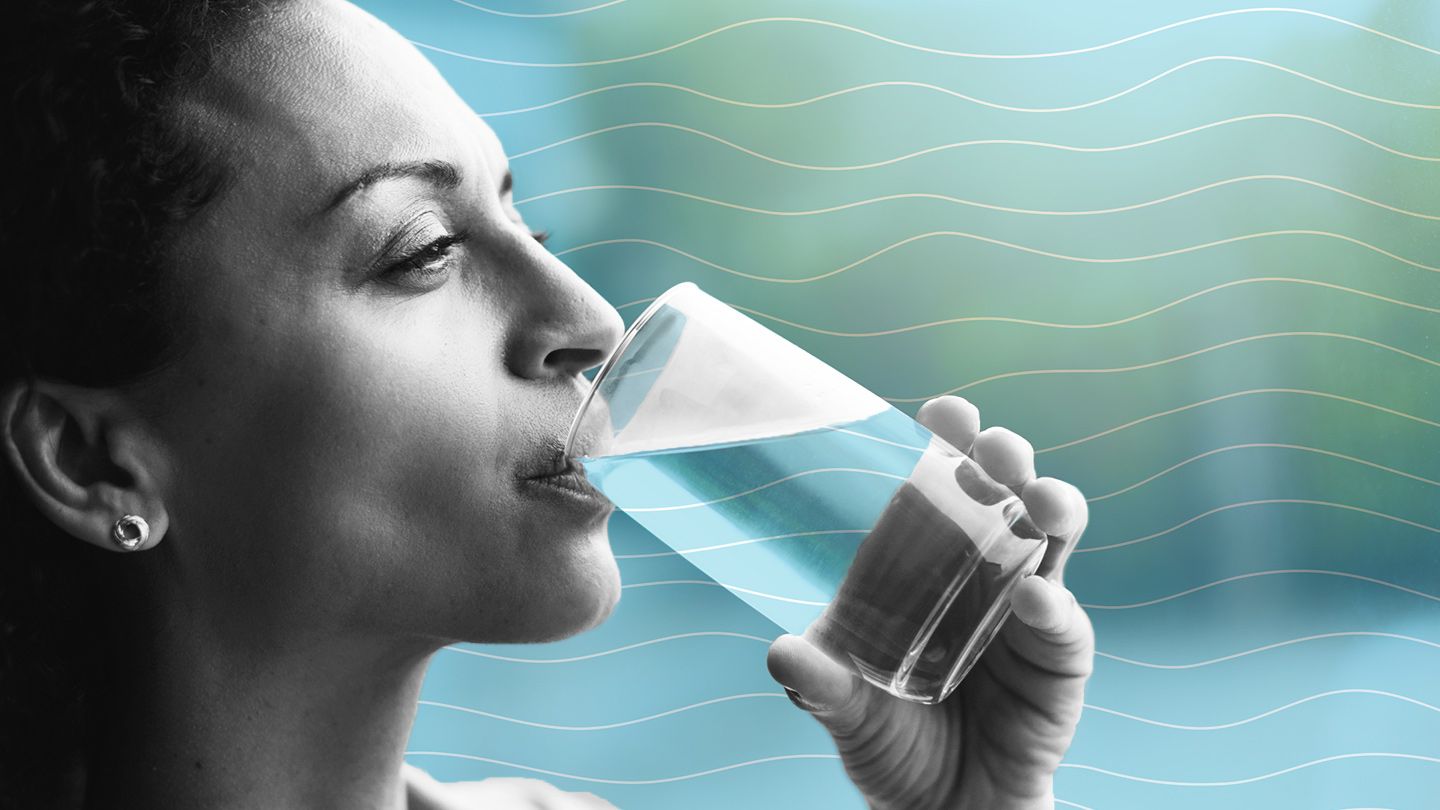Table of Contents
Introduction:
One of the oldest and most common separation methods, reverse osmosis, is mostly employed to purify water. Most people started using this method after the 1950s. However, there have been substantial breakthroughs due to extensive study and technological advancements, particularly in polymers and the creation of effective membranes.
Today, many people use this method to purify water for commercial, residential, industrial, and scientific uses. While reverse osmosis purification technology is one of humanity’s most significant scientific advancements, on this page, core knowledge of the entire procedure is presented in a detailed format.
What is reverse osmosis?
Reverse osmosis, known as RO, is a filtration technique to remove molecules and ions from a particular solution.
In reverse osmosis, a semipermeable membrane is positioned between two solutions, and pressure is applied to one side of the membrane (often more than the osmotic pressure). This membrane is used to remove even the smallest particles of pollutants. RO concentration is a common name for contaminants.
What is eliminated from water through reverse osmosis?
RO membranes block the passage of pollutants in water with effective diameters larger than 0.1 nm. Typically, they eliminate all particles, most organic substances, and over 90% of ionic pollution. Low RO removal rates for non-ionic pollutants with molecular weights (MWs) of less than 100 Dalton are possible. It gets worse with larger MWs, and in theory, all molecules, including particles, colloids, microbes, and big biologically active compounds, with MWs >300 Dalton will be completely rejected. Gases that have dissolved are not expelled.
Principle of reverse osmosis:
Reverse osmosis purification technology works by providing pressure to one side of a specific solution from the other side. The semipermeable membrane employed in this method is kept between the solutions because it helps filter out various undesired chemicals, putting them on one side of the membrane and allowing the clear solution to pass through to the other. The molecules can transfer from a highly concentrated solution to a less focused one because the pressure is greater than the already-present osmotic pressure.
Working with reverse osmosis:
During the reverse osmosis process, A semipermeable membrane is placed between the concentrated solution and the freshwater. When a focused solution side is subjected to high pressure, the water begins to pass through the membrane to the freshwater side, leaving all impurities on the other side. The water molecules move in the direction of fresh water.
A membrane is traversed by a concentrated solution moving against the direction of natural osmosis. The solute concentration is only somewhat high when the semipermeable resolution passes through. The membrane aids in reducing the water’s pollutants to its tiniest, most minute particles. Concentrates are another name for these particles.
This procedure leaves the pollutants behind, and we get clean and pure water.
Benefits of Reverse Osmosis:
Here are some advantages of the reverse osmosis purification method:
- Many different kinds of dissolved and suspended chemical particles, as well as biological agents (like bacteria), can be successfully removed from water using this method.
- This method is widely used to treat liquid discharges or pollutants.
- It helps to avoid infections by cleaning water.
- It aids in seawater desalination.
- The medical industry benefits from it.
Conclusion:
It is time to change, and change starts from within, and nothing is more important than a person’s health. With reverse osmosis purification technology, one can purify water in great quantity in reduced time. The speed of purification has increased with the recent developments in technology. Therefore, if the need to purify huge quantities of water, the latest advanced reverse osmosis process should be employed to serve the need. You can also visit Alivewater.ca for more info.
“Reverse osmosis – a water purification technology”











